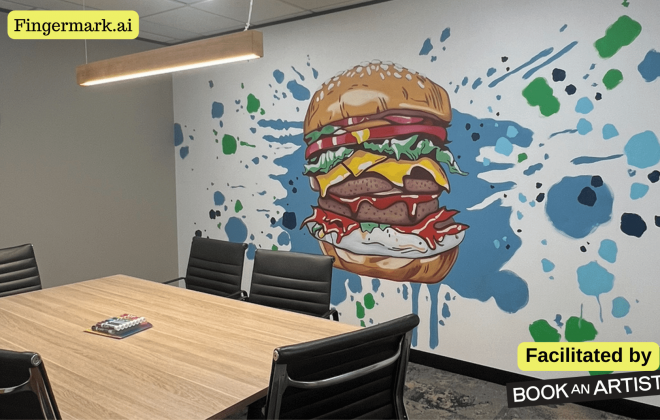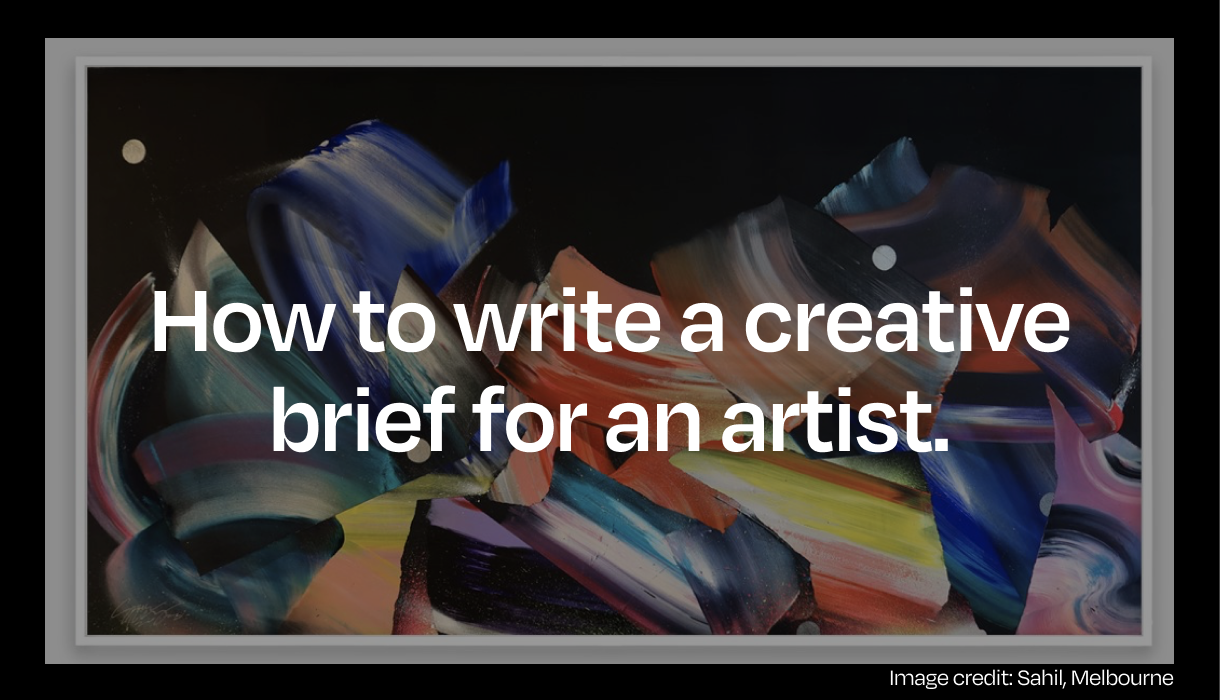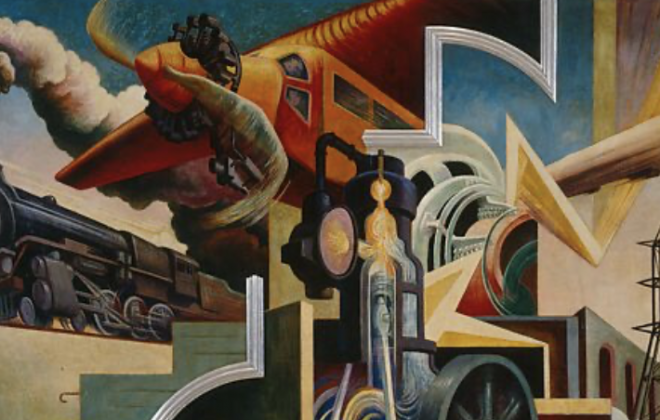
5 Fictional Artworks from Movies
Fictional artwork from movies isn’t that common, but the artwork commissioned for some of our favourite flicks has a fascinating story. Whether it’s something as small as a sketch or a custom painting made to fill the walls of decadent sets. Directors have been collaborating with artists who inspire them for decades.
1. Hogwarts Portraits from the ‘Harry Potter’ Series

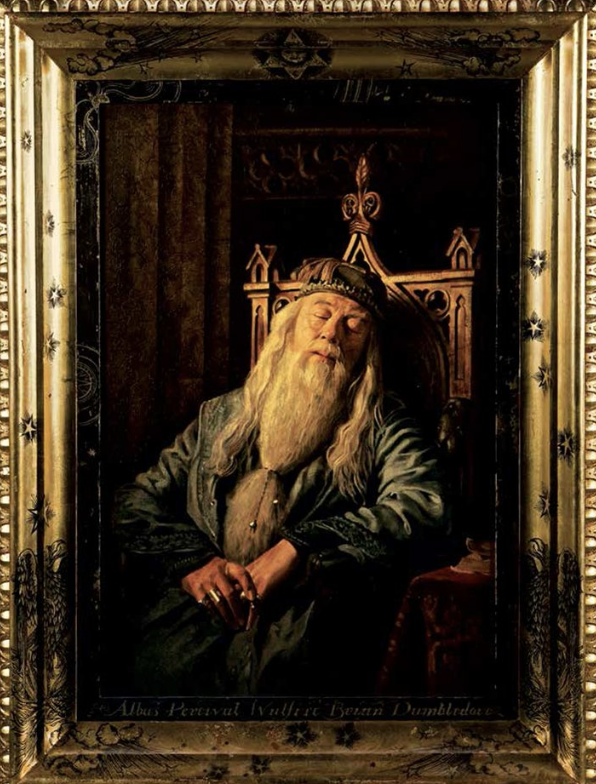
Within the world of Hogwarts School of Witchcraft and Wizardry all the portraits move of their own accord. Fans might not notice but only a few of the portraits lining the halls in Hogwarts actually move. For these, green screens were stretched into a frame and footage was digitally inserted that was pre-recorded by actors in costumes. Think the ‘Fat Lady’ or Dumbledores portrait in his office.
The other paintings, however, are real. When it comes to fictional artwork from movies Harry Potter takes the cake. The design team had to make over 250 portraits to fill the blank walls of the stairwell. Members of crew and their families stood as models for artists to paint portraits inspired by real works of art. The pictures were then aged with small cracks and scuff marks to to look old enough for the walls.
An example of a painting created is one of Stuart Craig, the head designer of the Harry Potter movies. He was depicted in the style of a well-known painting, “The Painter and his Pug” by William Hogarth. Elements were changed in order not to violate the copyright and make the image appear magical. Here the pug was replaced by a black cat.
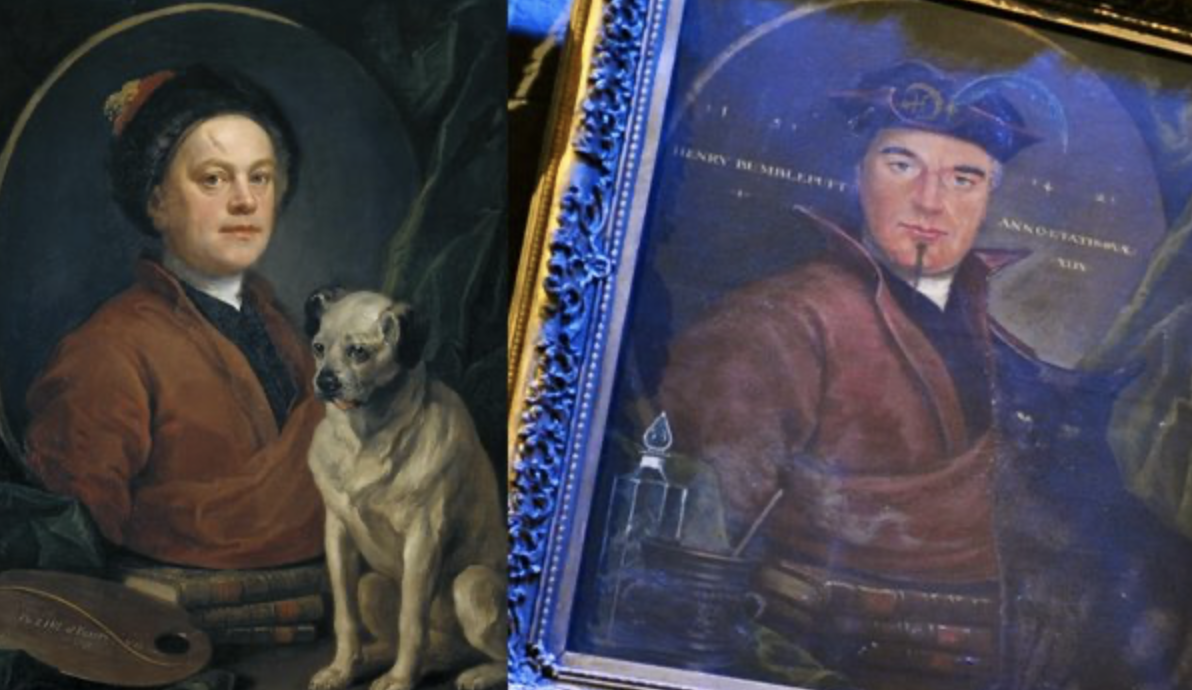
2. Two Dogs Painting From ‘Goodfellas’
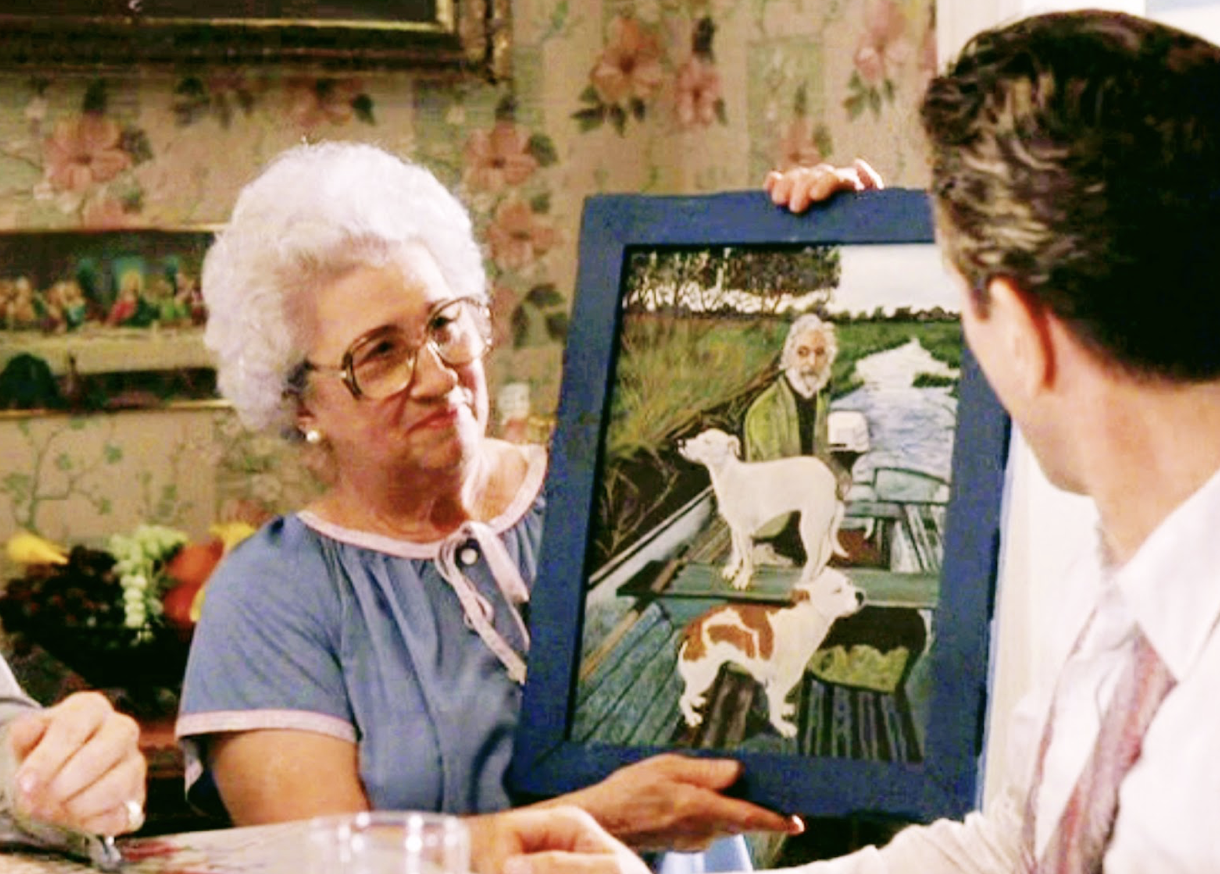
One of the most memorable moments in ‘Goodfellas’ is when Tommy’s mom reveals her portrait of a man and his dogs, showcasing the film’s dark humour. There aren’t an abundance of examples of fictional artwork from movies, but the Two Dogs Painting is arguably the most famous paintings.
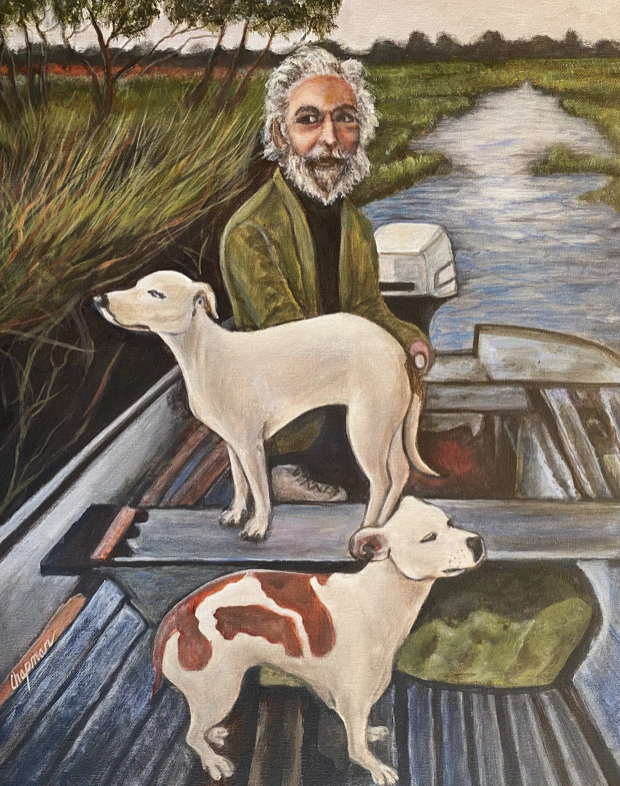
The painting doesn’t carry any significant plot weight, but it serves as a piece of cultural flavour and adds depth to the characters and the world they inhabit. It’s also one of those small details that fans of the movie tend to remember and discuss.
The painting was originally painted by the mother of Nicholas Pileggi and is based upon a 1978 edition of National Geographic. Nicholas Pileggi wrote the book “Wise Guy” which ‘Goodfellas’ is based upon. In the movie, Tommy’s mother brings over a painting to Jimmy, played by Robert De Niro and Tommy, played by Joe Pesci. The painting depicts two dogs, one black and one white, sitting on either side of an old man in a rowboat.
The way the characters talk about the painting offers a humorous moment in an otherwise intense film. Especially considering Tommy and Jimmy had just returned from doing “business”.
3. Painting of Rose from ‘Titanic’

The painting of Rose in “Titanic” is a memorable and frankly, frequently parodied aspect of James Cameron’s film. When it comes to fictional artwork from movies this simple sketch takes the cake. Most people are surprised to learn that the true artist behind the sketch of Rose in Titanic is director, James Cameron. According to the behind-the-scenes of “Titanic”, Kate Winslet, who plays Rose, posed for pictures in a bikini in several positions, so James Cameron could use them for reference when drawing the picture.
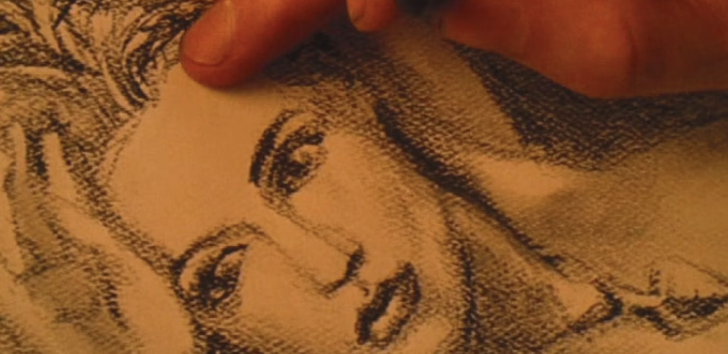
Knowing that this drawing isn’t just a mass-produced print, but rather a piece crafted by someone deeply connected to the movie’s story, adds a personal touch to it. “Titanic” was a labor of love for James Cameron. He spent years delving into the history of the real ship to ensure his film was as authentic as possible. The drawing of Rose wearing the Heart of the Ocean necklace is a pivotal element in the story and her character’s journey. By personally sketching it, Cameron infused his own connection and care into this crucial part of the film he so passionately brought to life.
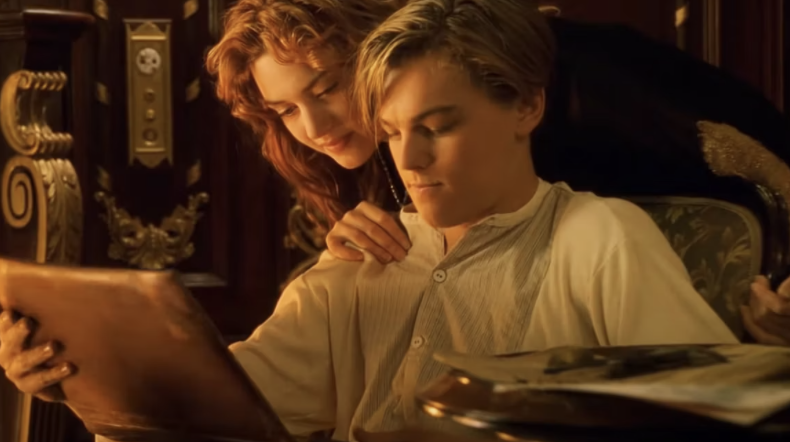
Though having James Cameron create the drawing was a great decision for the movie, it led to a minor issue during filming. Cameron is a lefty, and this caused a little hiccup when it came to shooting the scene. You see, in the film, Jack is portrayed as right-handed. To make it all fit seamlessly, the footage of the sketch being drawn had to be flipped. To handle this, Cameron actually did two drawings. One had Rose positioned differently, so when they flipped the footage, she’d be facing the right way. The second drawing was the right way and ended up as the final piece in the film.
4. Apple Painting From ‘The Grand Budapest Hotel’

In 2012, British artist Michael Taylor was commissioned to paint “Boy with Apple” specifically for its use in the upcoming film, “The Grand Budapest Hotel.” Wes Anderson personally reached out to Taylor with a request for a faux Renaissance-style portrait that would capture the essence of European art history.
Wes Anderson was deeply involved in shaping the painting’s aesthetics and provided specific artistic influences for Taylor to consider. These influences included the styles of Hans Holbein the Younger and Elder, Bronzino, Lucas Cranach the Elder, and various Flemish and Dutch painters.
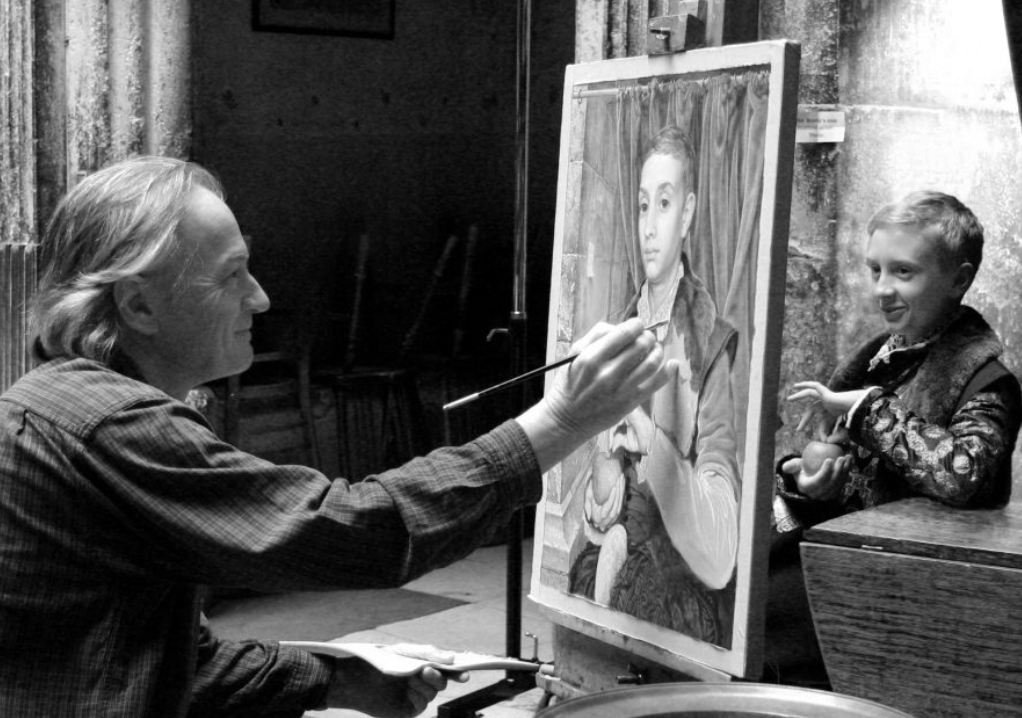
In the movie, the artwork is attributed to the fictitious artist “Johannes Van Hoytl the Younger.” It is described as a masterpiece in the “Czech mannerist, Habsburg high Renaissance, Budapest neo-humanist” style. As the piece was primiarily used as a film prop it had to be painted on a smaller canvas to be held under the arms of the films actors.
Upon the release of “The Grand Budapest Hotel,” “Boy with Apple” was met with acclaim and praise. An Art critic even devoted a full-length analysis to the painting, stating that “Boy with Apple” is indeed priceless, serving as a delightful art history in-joke.
5. Picture of Dorian Grey From ‘The Picture of Dorian Gray’
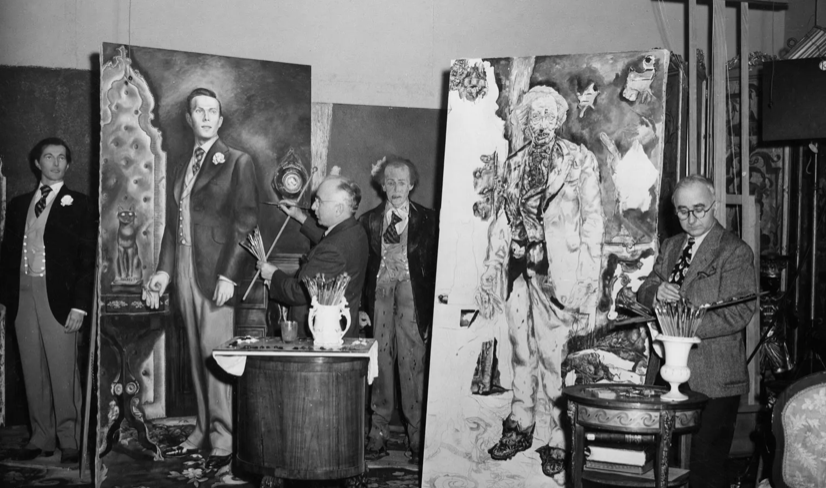

Oscar Wilde’s only novel, “The Picture of Dorian Gray” (1890) follows the life of Dorian Gray, a young and innocent man who becomes consumed by the fear of losing his youthful beauty. In a mysterious and unexplained twist, Dorian remains eternally youthful and attractive while a portrait of him reflects the grotesque toll of his moral deterioration.
Fast forward to 1943, filmmaker Albert Lewin adapted Wilde’s eerie narrative. He set out in search of an artist capable of painting the infamous portrait of Dorian Gray. Ivan Le Lorraine Albright was commissioned to create the painting for the film and his rendition of the haunting portrait would become a crowning achievement in his illustrious career and a standout feature of the film.
Albert Lewin’s adaption was met with critical acclaim and secured Albright’s growing career as an artist. Albright had gained fame in the 1930s for his profoundly detailed and unsettling portraits, depicting individuals seemingly on the brink of decomposition. Today, this painting, along with many others, is featured in an Albright retrospective on display at the Art Institute of Chicago.
Check out top-rated local artists near you!
Are you an artist ? Sign Up










